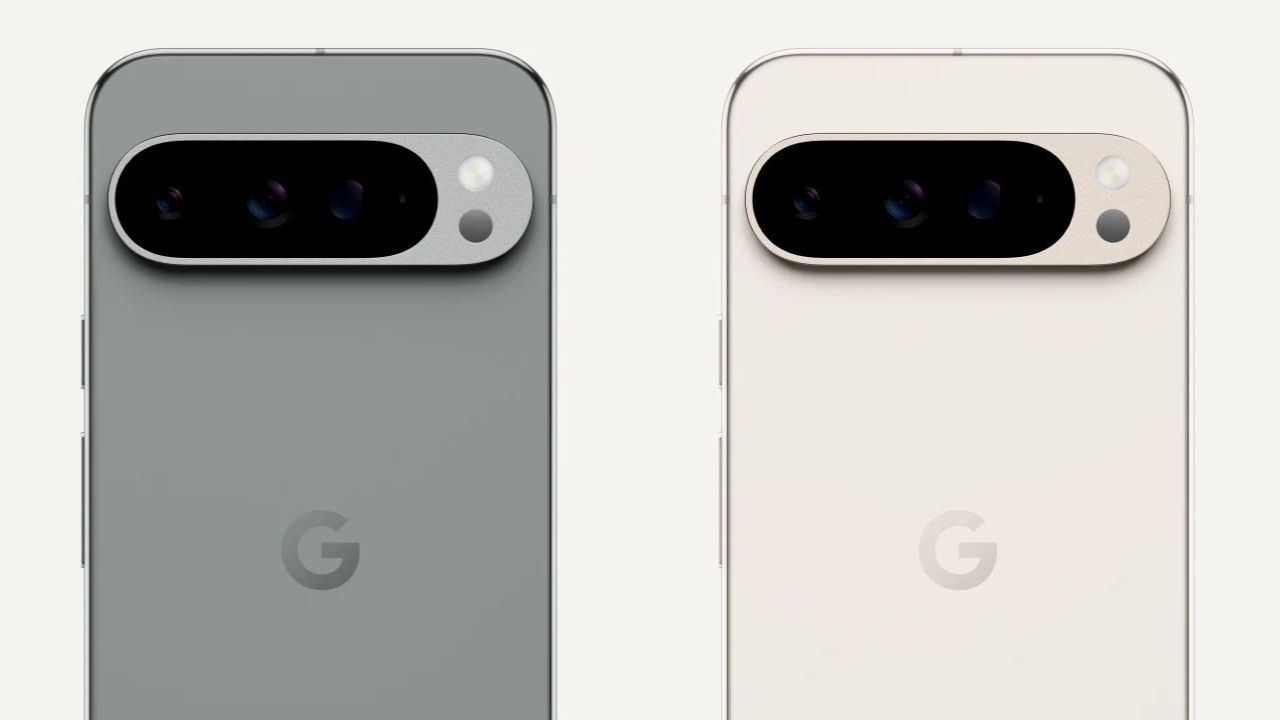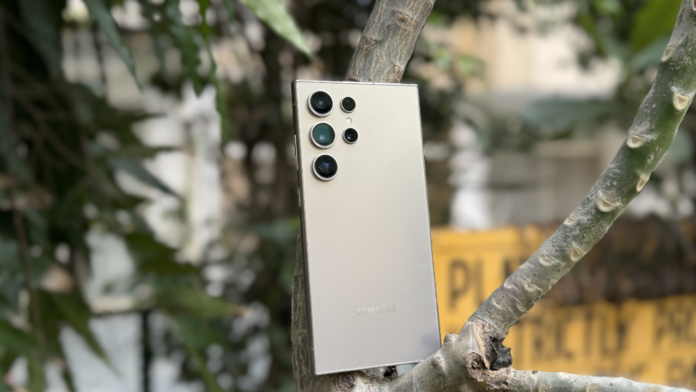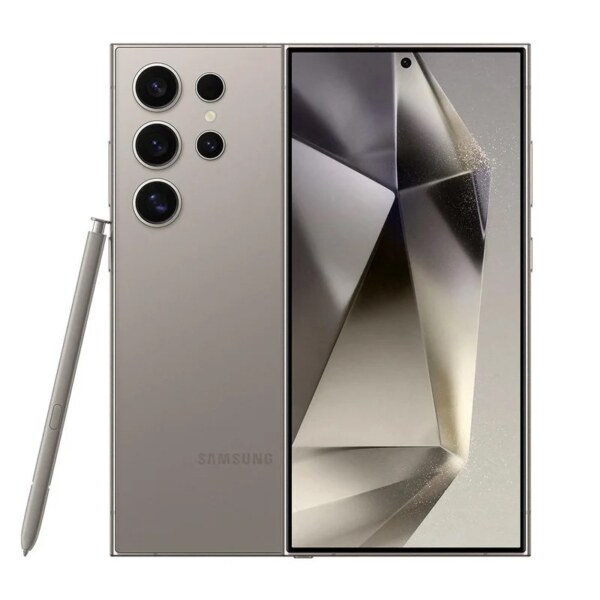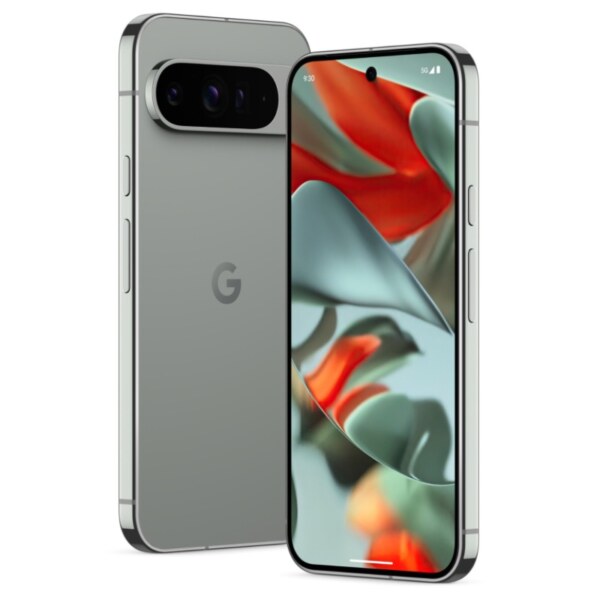Samsung Galaxy S24 Ultra price in India has been heavily discounted for a limited time, bringing it down to the range of Google’s latest Pixel 9 Pro XL. The new Pixel 9 Pro XL retails for Rs 1,24,999 but users can avail a discount of Rs 10,000 on it with certain banks’ credit cards, which is quite close to Galaxy S24 Ultra’s new pricing. Here’s an analysis to help you out as to which one should you consider, especially now when Galaxy S24 Ultra is available for Rs 1,09,999.
Samsung Galaxy S24 Ultra India Price Discounted
The Galaxy S24 Ultra is now available at Rs 1,09,999 as part of a limited period offer. The smartphone was originally priced starting Rs 1,29,999. The special price includes an instant cashback of Rs 8,000 along with an additional upgrade bonus of Rs 12,000.
Alternatively, consumers can avail bank cashback of Rs 12,000 if they do not want to opt for the upgrade bonus. Without the offer, the Galaxy S24 Ultra is retailing for Rs 1,21,999. Additionally, consumers seeking enhanced affordability can take advantage of no-cost EMI for 24 months.
Samsung Galaxy S24 Ultra Vs Google Pixel 9 Pro XL
| Specifications | Samsung Galaxy S24 Ultra | Google Pixel 9 Pro XL |
| Display | 6.8-inch 2K Dynamic AMOLED 2x panel, 1440 x 3120 pixels resolution, VRR from 1Hz till 120Hz, 240Hz touch sampling rate, Eye comfort shield, Up to 2600 nits peak brightness, Corning Gorilla Armor | 6.8-inch 2K Super Actua LTPO OLED panel, 1344 x 2992 pixels resolution, 120Hz refresh rate, 486 ppi, Up to 3000 nits of peak brightness, Corning Gorilla Glass Victus 2 |
| Processor | Snapdragon 8 Gen 3 for Galaxy | Tensor G4 |
| RAM & Storage | 12GB RAM; Up to 1TB Storage | 16GB RAM; Up to 512GB Storage |
| Battery & Charging Speed | 5000mAh; 45W fast charging, 15W wireless charging | 5060mAh; 37W fast charging, 23W wireless charging |
| Operating system | Android 14, One UI 6.0; Up to 7 years of OS updates | Android 14; Up to 7 years of OS updates |
| Cameras (Rear) | 200MP f/1.7 main sensor, OIS + 12MP f/2.2 ultra-wide sensor + 50MP 5x f/2.4 telephoto sensor, OIS + 10MP 3x f/2.4 periscope telephoto sensor, OIS | 50MP f/1.68 primary sensor, OIS, PDAF + 48MP f/2.8 telephoto sensor, 5x optical zoom, OIS + 48MP f/1.7 ultra-wide angle sensor |
| Camera (Front) | 12MP f/2.2 sensor | 42MP f/2.2 sensor |
| Additional Features | IP68 rated, stereo speakers, in-display ultrasonic fingerprint sensor, S-Pen | IP68 rated, stereo speakers, in-display ultrasonic fingerprint sensor |
Google Pixel 9 Pro XL costs Rs 1,14,999 with the bank offer included, while the S24 Ultra costs Rs 5,000 less than that when clubbed with the offer. With both of these flagships having their own plus points, it might become a little difficult for consumers to prefer one over the other, and here we’ll tell you which one would be a more suitable pick for you.
Starting off with the build, the Galaxy S24 Ultra has a titanium frame while the Pixel 9 Pro XL gets an aluminium one. Both of them have a matte finish back. While the S24 Ultra is theoretically stronger, the Pixel 9 Pro XL is more comfortable to hold despite both being similar in size. That’s because the Pixel has rounded corners compared to the sharp ones on the Galaxy S24 Ultra which can cause discomfort when holding for extended periods.
Coming to the display, the Galaxy S24 Ultra gets a better panel, not only in terms of resolution (which is higher than the Pixel 9 Pro XL), but also because of the additional features, including Corning Gorilla Armor that significantly reduces reflections and makes a notable impact in daily use. The Pixel 9 Pro XL does have a slightly higher brightness at 3000 nits compared to S24 Ultra’s 2600 nits, but that wouldn’t account for a major difference in terms of daily use.

Speaking of performance, both these chips can easily handle day-to-day tasks without any issues, as we have noted in our review of Pixel 9 (which uses the same chip as Pro XL) and the Galaxy S24 Ultra as well. However, Samsung’s handset will always perform a little better than Pixel 9 Pro XL due to Qualcomm’s chip being more efficient and yet powerful at the same time than Google’s Tensor G4. You’ll notice this difference while you are pushing the device to its limits, especially while gaming, where the Galaxy S24 Ultra can sustain peak performance for longer without heating. The Pixel 9 Pro XL does offer 16GB RAM which is higher than that of Galaxy S24 Ultra.
Read More: Top 5 Cheapest Countries to Buy The Google Pixel 9 Pro XL
Software-wise, both One UI and Google’s stock Android have their own minuses and advantages. One UI offers you with more productivity features as well as an extensive list of customisation options. It’s smooth, feature-rich, and won’t make you feel as if you are missing out on anything. On the other hand, Google’s Pixel runs on a minimal yet smooth software with a not-so-extensive list of customisation features compared to One UI. However, it does have some Pixel exclusive features, like 1 year free Google Advanced subscription, Pixel screenshots app, and more. Both of them also pack a load of AI features where Samsung’s are slightly more useful in our opinion. Both the devices will get major OS updates till Android 21, so longevity isn’t an issue on either.
Cameras are a strong point for both of them. However, in Samsung’s case, you get slightly better zoomed shots as it packs a dedicated 10x telephoto sensor for higher quality photos. Pixels retain more natural colours in photos while Samsung’s devices shoot photos with more contrast-rich tones in general.
The Pixel 9 Pro XL packs a 5060mAh battery while the S24 Ultra has a 5000mAh cell. The Pixel charges at 37W max speed while S24 Ultra charges slightly faster at 45W. While the physical capacities remain similar, it depends on how well the software is optimised to determine which one provides a better backup.
Overall, the Galaxy S24 Ultra looks like a better deal if you want a complete overall package along with extra features like the S-Pen, while the Pixel 9 Pro XL lacks in terms of raw performance. However, if you’re fine with how the Pixel 9 Pro XL performs and want a cleaner software that’s not too complicated, opt for Google’s device.




